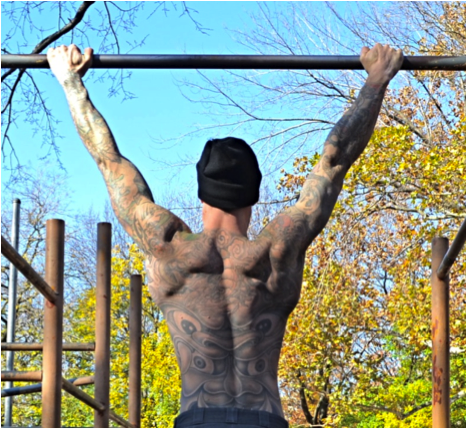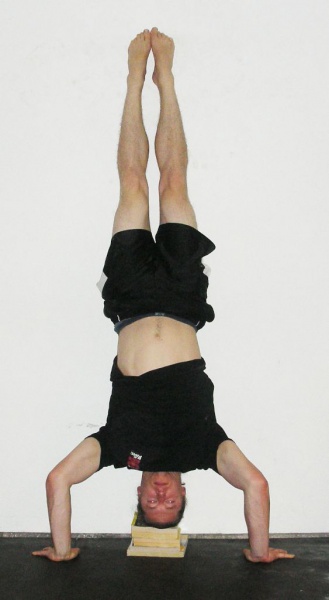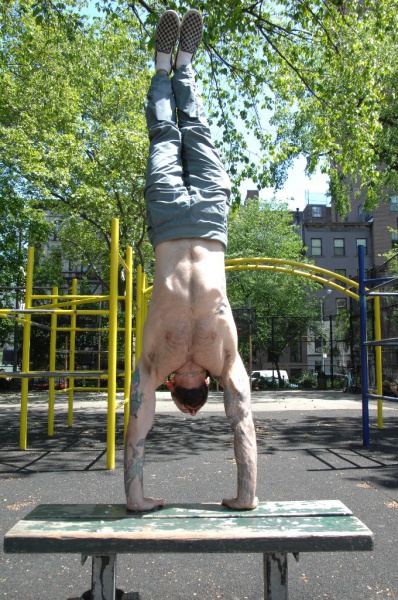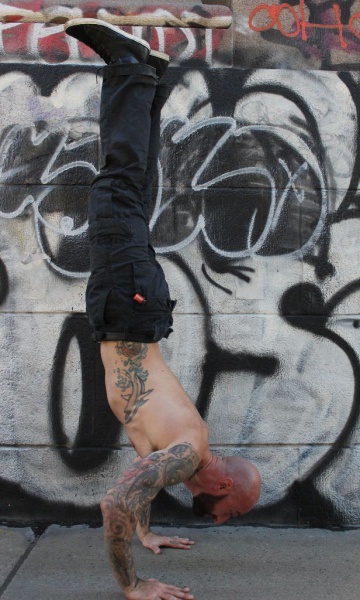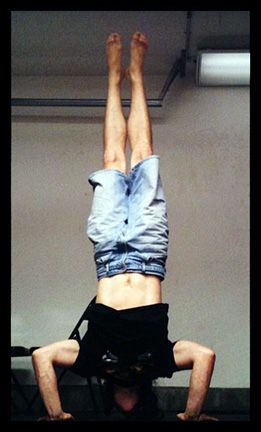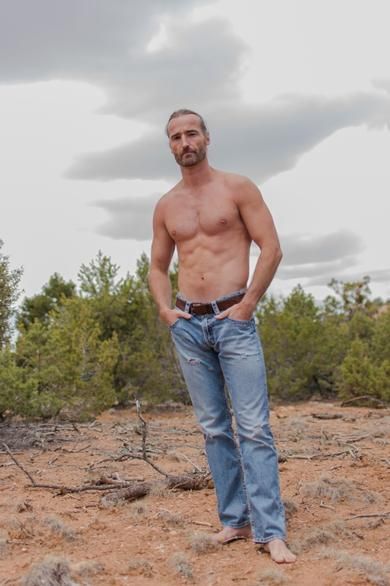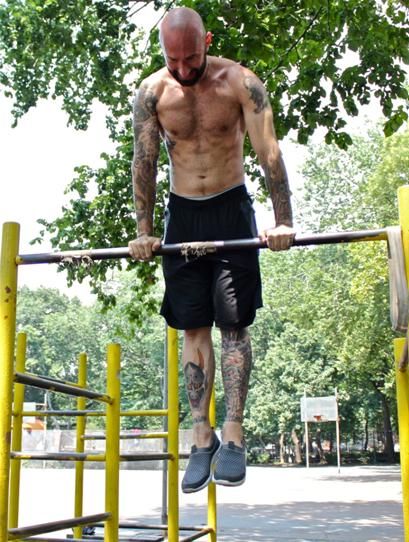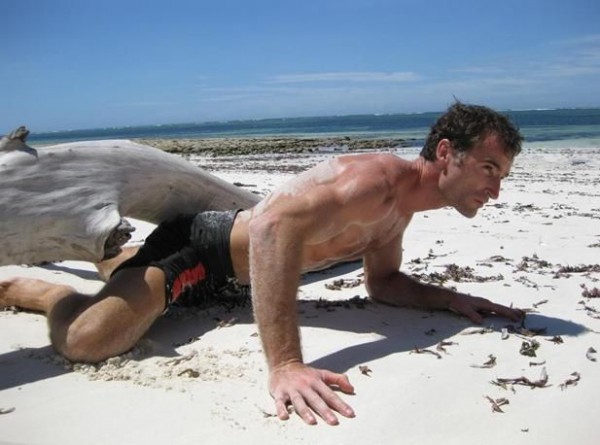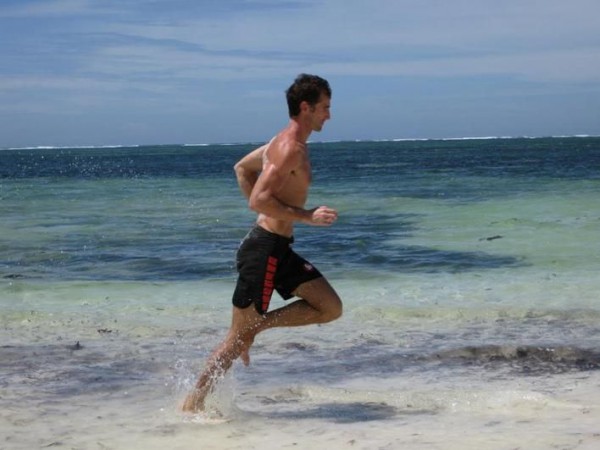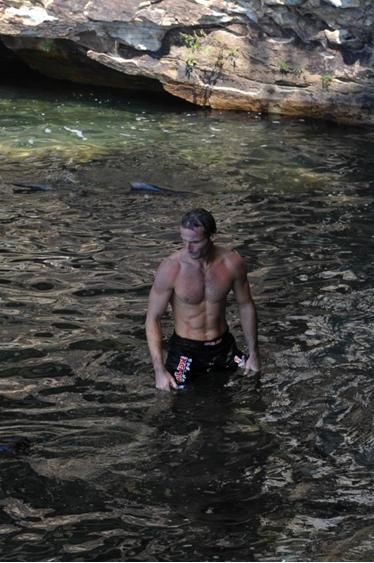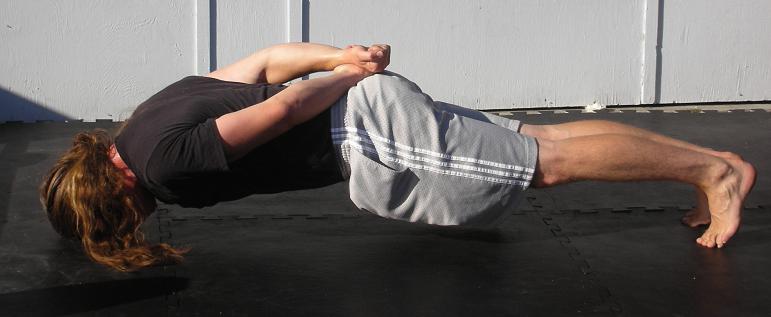Back in late October I started experiencing pain in my right shoulder. Like most of us that place a large priority on our fitness, I ignored it. Dumb move!
As the next few weeks progressed, the pain expanded to my right trap, lat, pec, entire shoulder complex, bicep, plus numbness in my fingers. I’m not sure about the rest of you, but when I’m experiencing pain throughout that much real estate I get concerned and the workouts become kind of nonexistent.
After many doctor appointments over the last couple of months, I’m disappointed to report they still don’t have any idea what’s going on. However, after sitting around hurting, feeling sorry for myself, and not moving, I knew something had to change. My life is fitness. I tell people all the time how important it is to move. When something hurts, there are always ways to keep moving forward. And move forward I have, except this time it’s been exclusively with calisthenics.
As I returned to the gym after a 2 week layoff, I was forced to deepen my calisthenics knowledge. The basic movements were thankfully still easy for me, but I could no longer do weighted pull-ups, which had previously been a big part of my routine. I needed to find a way to keep getting stronger in pull-ups without hanging any weight off my body.
One of the first modifications I used was the “L-Sit Pull-Up”. This movement shifts the body’s balance just enough to make a regular pull-up harder. Not to mention it’s awesome for teaching ab tension throughout the motion!
The L-Sit Pull-Up is done by holding the top of a hanging leg raise, then doing your pull-ups while maintaining the L-sit position the entire time. I must warn you there are a few things you need to keep in mind while performing these. It’s imperative you begin by pulling your shoulders tight into the sockets to create the necessary stability so you don’t swing on your leg raise. Second, keep your legs straight and raise them up under control so you don’t create any upward momentum when you begin your pull. Remember Coach Wade likes slow controlled movements. Third, as you pull yourself up; pull your elbows in toward the midline so your arms aren’t flaired out. This does a couple of things; first, it mirrors the handstand push-up groove and second, it engages the pecs with the lats and creates a solid stable shoulder complex. I’ve seen many clients go from 20 dead hang pull-ups to only 5 on this one. Fire it up!
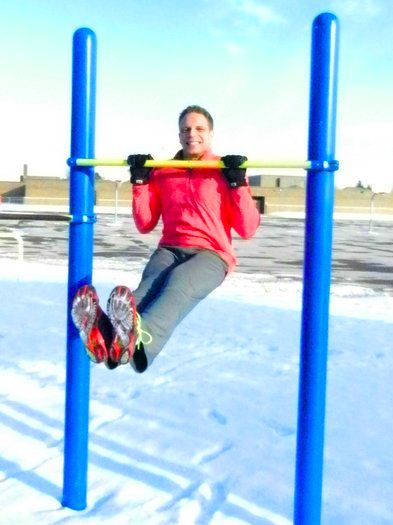
The next change I made was to toss in some Archer Pull-Ups. We’ve all seen Al Kavadlo do these on his YouTube channel. The Archer Pull-Up is where you pull yourself up to one side then the other. Besides, we all are trying to achieve the one arm pull-up, and this is an amazing progression towards that!
When starting with these I strongly suggest alternating your grip. Turn your palm towards your face on the side you will be pulling towards and your palm away from you on the arm you plan on keeping straight. Next as you begin your pull, think about pulling your elbow to your opposite hip. This is where that L-Sit Pull-Up foundation will come in handy. In other words, if you’re pulling yourself to the right side, pull your right elbow to your left hip. Try and use your straight arm as a guide to keep you moving sideways. I’ve found a false grip or muscle-up hand position works best. Once you can comfortably knock out 7 quality reps or more per side without resting then you’re ready for the final pull-up challenge.
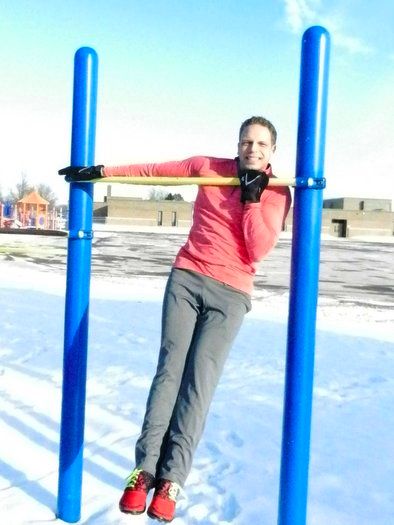
The last tweak I used to make pull-ups evil is by modifying the grip heights. Paul Wade suggested you use a towel in the Convict Conditioning book, but I like to grab the pull-up bar with one hand and the vertical support structure of the pull-up rig with the other hand. This is similar to an Archer Pull-Up except with a lower non-dominant hand position. You have a few options here to make it harder as you progress. You can either move your hand lower on the pull-up rig, or… If you think this is just simply too easy for you, feel free to hang a stretchy band from the pull-up bar and grab that with your non-dominant hand! The stretchy band will refuse to provide you much for assistance and will scoff as you pull harder against it seeking help. Once you master these I promise you will have the upper body pulling strength of Samson!
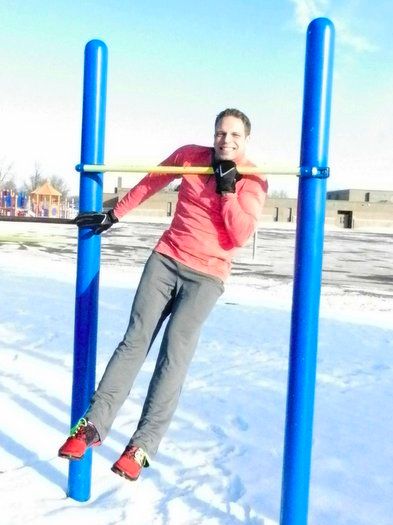
There you have it. The 3 pull-up variations I switched over to so I could keep building pulling strength. The best part–not a single one of these pull-ups seem to aggravate my shoulder or arm. I’m just like you, and really at the end of the day we all like to get stronger. Grabbing a pull-up bar and pulling your body up with two arms is unfortunately something that many people still can’t do. However there are a few of us crazy dreamers out there that want to defy “normal.” We need to push the envelope and make pull-ups look insanely easy and maybe even knock out a few one arm pull-ups if possible. So go fire up some L-Sit, Archer, or Mixed Grip Pull-Ups. I guarantee you’ll get stronger, and you won’t have to hang weights off your body while doing it!
***
About Corey Howard, PCC, RKC, CK-FMS: Corey Howard strives to constantly become stronger, and to help others to achieve their fitness goals. He is the owner of Results Personal Training, and can be reached at www.resultsptonline.com or www.coreyhoward.com.
